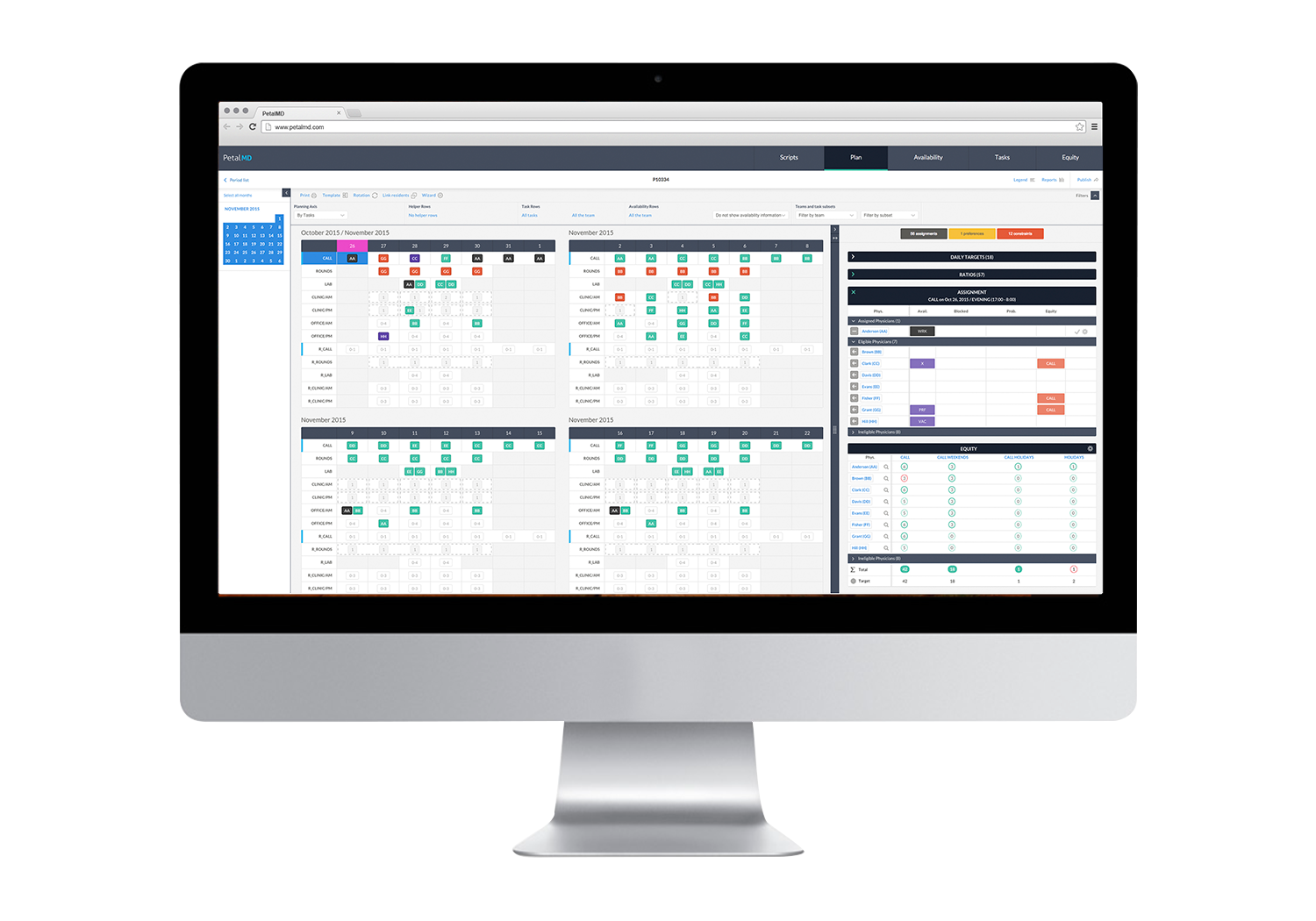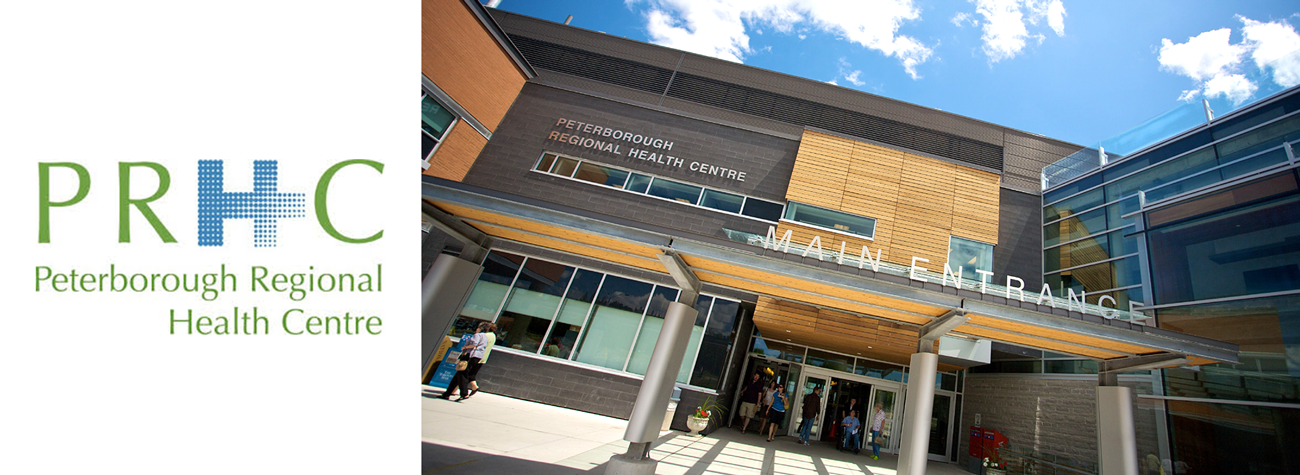
Emergency departments are increasingly under pressure to decrease wait times. In an effort to address this problem, PetalMD has built a software that optimizes physician schedules by tackling two key factors affecting wait times: physician availability and performance.
We interviewed three key hospital staff that are in charge of their emergency department schedules to highlight how PetalMD has helped their departments become more efficient and improve their workplace.
Emergency Groups are Under Pressure to Perform
Emergency room visits are increasing faster than hospitals can handle. Without the addition of attending physicians and inpatient beds, emergency departments are increasingly under pressure to perform and reduce wait times. Many turn to technology to help them optimize physician availability, physician performance, and patient flow.
An International comparison of 11 countries found that Canada has the highest wait-time of four hours or more before being treated; 19% higher than the average.
PetalMD’s mission is to tackle two factors affecting wait times: physician availability and performance. The advanced scheduling solution for groups optimizes group schedules according to their specific rules, limits and constraints provided by the schedule planner. An optimal schedule positively affects physician performance, leading to a better workflow in the emergency department.
To learn how an emergency group saved 50% of their schedule management time, read the case study.
Scheduling an Emergency Department is a Complex Task
So what is it about emergency groups that make their schedules difficult to manage? Creating an emergency group schedule is more complex than most other departments at a hospital. Unlike most specialties, emergency physicians have to cover an entire day, following shift coverage guidelines set by their jurisdiction. Each physician is also on contract to work a specific number of shifts per month. Plus, they have their own preferences, which are often ranked by seniority. Thus, the biggest challenge in creating an emergency department’s schedule is balancing the workload - equally and fairly distributing shifts among physicians, according to their preferences and contracts.
At Peterborough Regional Health Centre for example, it takes Dr. Friesen, the emergency group planner, 40 hours every period to create the schedule. When he started as the planner in the 1980’s, the department only had 6 physicians and 5 shifts a day to schedule. Today, however, with 32 physicians working in the emergency department and 11 shifts to fill per day, manually building the emergency department’s schedule became unbearable.
"The time I spent on building my group’s schedule was not sustainable” says Dr. Friesen, planner at Peterborough Regional Health Centre.

PetalMD’s Solution Saves Time and Increases Job Satisfaction
To solve the challenges that hospital departments face in managing physician schedules, PetalMD has built an automated schedule creator. The software guides the planner through a step-by-step execution process, providing the flexibility to pick and choose which task assignment should be prioritized. The mathematical engine then takes the rules and constraints provided by the planner and proposes the best solution possible. Physicians are then free to exchange their shifts from any device, leaving complete control in the hands of the physician.
“The software automatically builds a schedule with shifts that are more spread out, which positively affects a physician’s work-life balance as they have more time to rest between shifts” says Dr. Friesen.
Read our Emergency Group Case Study: How a Scheduling Solution Saves Time and Improves Physician Satisfaction to find out more about how our advanced scheduling solution saves time, increases job satisfaction and more. This case study is a result of three client interviews with two master schedulers and a medical affairs coordinator in Ontario.
